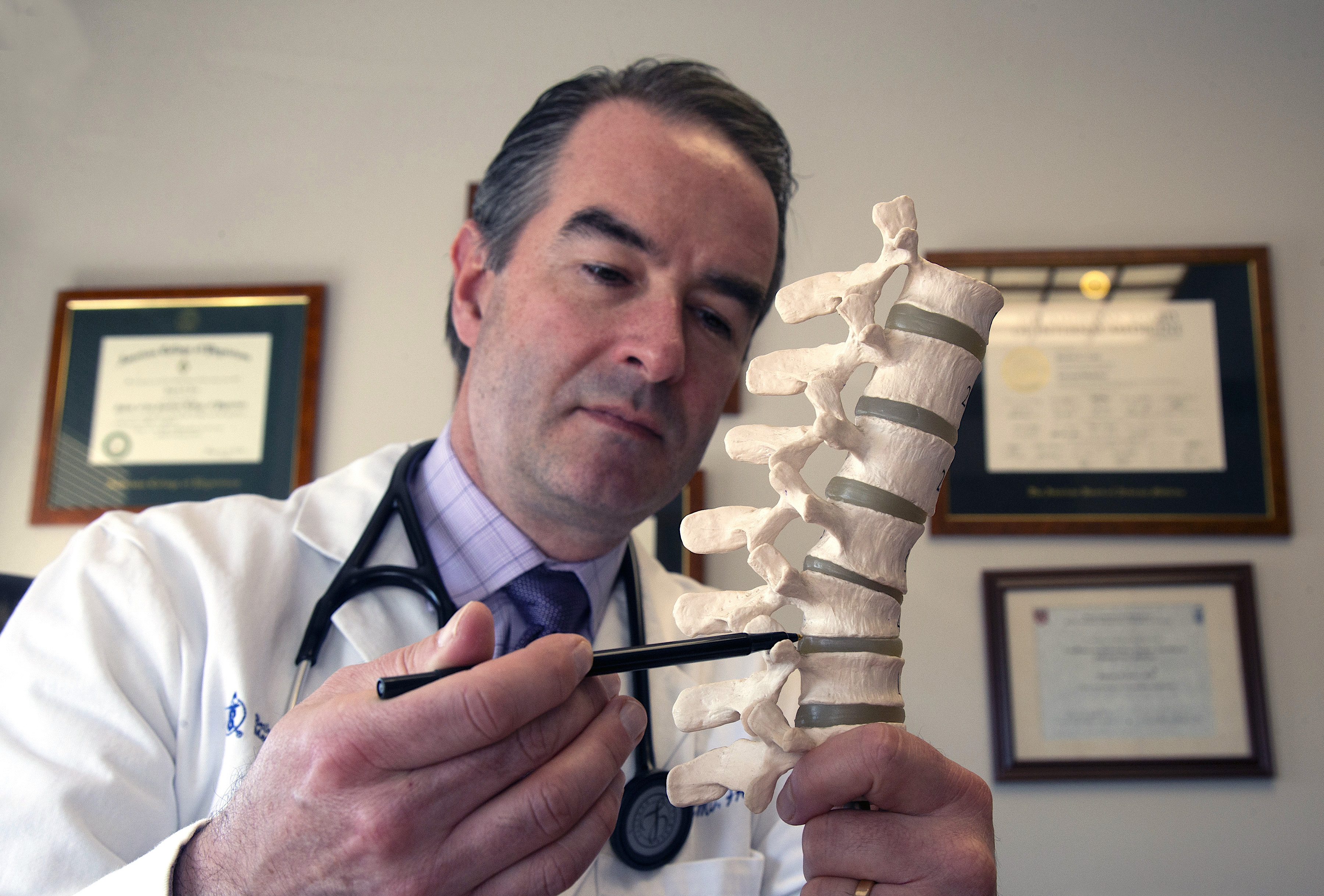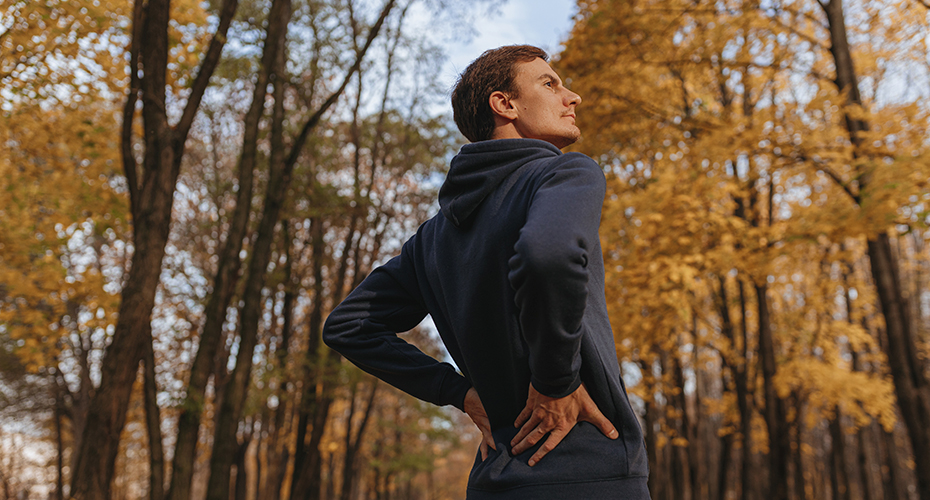Jul 24, 2023
How to bounce back
A few years ago, Breaux Gargano began suffering from intense low back pain, day and night.
“My back pain was debilitating. There were things I couldn’t do, and I was miserable,” said the 42-year-old Nashville, Tenn., resident. “I tried to change the way I was sitting and lying down, and I took over-the-counter pain relievers, but nothing fixed it.”
Gargano, who works as a sales manager at a waste management company, started working from home when the pandemic began. He believes his sedentary job and makeshift home office set-up contributed to his back pain.
Through his company health plan, Gargano had successfully used a digital clinic for musculoskeletal issues for knee and shoulder pain he experienced while running and weightlifting, so he thought it might help his back. “I didn’t want to go to the doctor without seeing if exercises could help first,” he said.
Doing targeted exercises for his back 10 minutes a day did the trick, Gargano found. He again was able to be active and play with his two young children.
“After 4-6 weeks, I noticed a reduction in the pain, and combining proper back support with the program expedited my results,” he said. “In 2-3 months, I noticed a serious difference to the point where now I go through the majority of my days with no pain. I’m a whole person again.”

Imaging isn’t the answer
Low back pain is a common complaint among adults in the U.S.
“Our current lifestyles mean most of us are going to experience low back pain at some point,” said Dr. Jayson Carr, a primary care provider with Beth Israel Deaconess Health Care in Brookline. An aging population and high rates of obesity create the perfect conditions for low back pain.
Because most low back pain is due to muscular strain that resolves in a few weeks, Carr said, the best treatment often is a combination of simple measures: moderate physical activity including the kinds of stretching Gargano did, over-the-counter pain relievers like ibuprofen or acetaminophen, ice and heat, medicated back patches, and a healthy dose of patience – rather than interventions such as an X-ray or an MRI or surgery.
“Patients usually want an image because they want an answer, but a careful review of your history and a physical exam usually can give you the answer,” Carr said.
In fact, he notes that imaging for most patients with low back pain can cause patients more harm than good.
“No one over the age of 40 has a normal-looking lumbar spine MRI,” he said. And “abnormal” results can lead to more imaging, unnecessary exposure to radiation and an increased chance of needless surgery with a big price tag, delays in returning to work and regular activity, and more disabling pain.
“Diagnostic imaging is indicated for patients with low back pain only if they have severe progressive neurologic deficits or signs or symptoms that suggest a serious or specific underlying condition,” the American College of Physicians advises. “In this area, more testing does not equate to better care.”

One study of nearly 2.5 million patients diagnosed with low back pain found “overimaging of low back or lower extremity pain is associated with a significant, avoidable cost burden” for a condition that usually resolves on its own.
If you see a clinician, Carr recommends describing how your back pain started, explaining your symptoms, and asking how you can expect your recovery to progress. As always, he says, if your back pain gets worse or other concerning symptoms develop, it’s important to let your doctor know.
Movement as medicine
While there is no foolproof way to avoid low back pain, Carr says moderate physical activity on a regular basis, such as a brisk walk after dinner, often is the best medicine.
“I tell folks to try to get some exercise more days than not, and if they’re starting out, to make a three-week commitment to walk 30 minutes a day, three days a week. Finding something that fits into your lifestyle is important so it will be sustainable.”
A daily dose of movement can help treat most chronic musculoskeletal conditions, Carr notes.
“Often people think they need to stop moving to feel better when in fact the opposite is true,” he said.
Good posture and frequent breaks are important ways to support the low back, too, said Carr. “Being at a computer for hours at a time without position changes can lead to back pain and strain. People should aim to get up and move for a minimum of 15 minutes every hour.”
Carr also recommends sitting with proper back support with your feet under you and your head, shoulders and hips aligned, as well as doing 10 minutes of core exercises each day because “The core is the best friend of the back.”

Healthy habits
These days, Gargano says, “I rarely have to deal with back pain anymore and usually when I do, it’s minor. I still do my exercises 2-3 times a week and they keep my back in good shape.”
He encourages anyone with back pain to start with exercises and proper back support before jumping into treatments like imaging and surgery—even if they require a little more effort.
“We’re a society of on-demand, but if you’re willing to put in the work and stick with it, it might save you back surgery,” he said. “I think it’s worth the time in the long run because you can build a healthy habit and have the tools to fend off back pain forever.”
Did you find this story informative?
All Coverage content can be reprinted for free.
Read more here.
PHOTO OF DR. JAYSON CARR BY JOHN WILCOX

